As children, we all enjoyed playing dress-up. We didn’t think twice what an article meant to others, we just felt good about putting on something different and pretending to be someone or something we admired. Now as adults, we tend to not put much thought into what it means to get dressed. It’s often seen as a chore, especially when our self care is out of balance. We all have our go-to outfits, and many of us succumb to fashion trends that don’t necessarily serve us. Have you put any thought into your regular outfits?
Without doubt, how we choose to dress ourselves says a lot about us. It sends a message to others and ourselves. In an ideal world, we would never be judged by our appearance, but the reality is that we often are. And unconsciously, we also judge ourselves. Wearing a power suit versus workout clothes will make you feel very different. With the pandemic, dress codes were tossed aside, and consequently comfort has taken over our closets. But finding ways to get dressed up, even if only once in a blue-moon, will help improve your mood and make you feel good about yourself. It doesn’t mean putting a tuxedo or gown on, it means putting on specific articles with positive intent.
What Do Clothes Say About You?
Our overall appearance is a reflection of our identities. It is a form of non-verbal communication that reveals who we are. Our clothing preferences can define our personality or present our values in our choices, both in material or brands that we favour. It can be a reflection of gender preferences, maturity, or a sign of financial status.
Society puts associations on the clothing choices we make. The challenge lies in unknown social, racial, cultural, and religious factors that can influence how individuals dress. Judgement is often passed on others when we don’t know them or understand their preferences. This can lead to negative self-talk if it becomes a source of bullying or criticism. Additionally, we often find conflict between expressions of individuality with imposed work attires or uniforms.
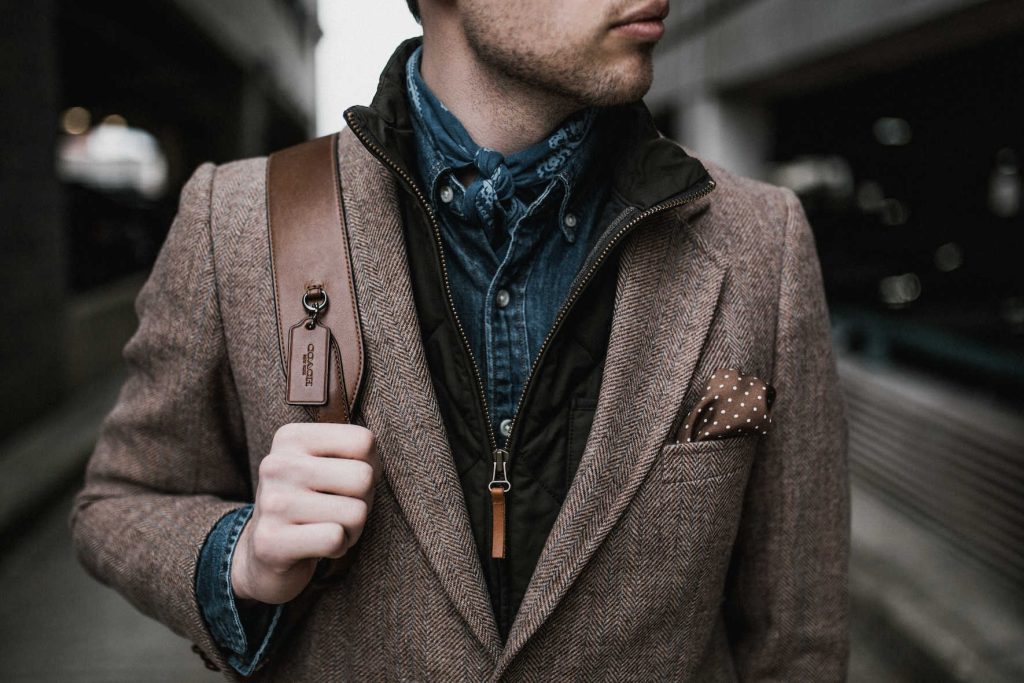
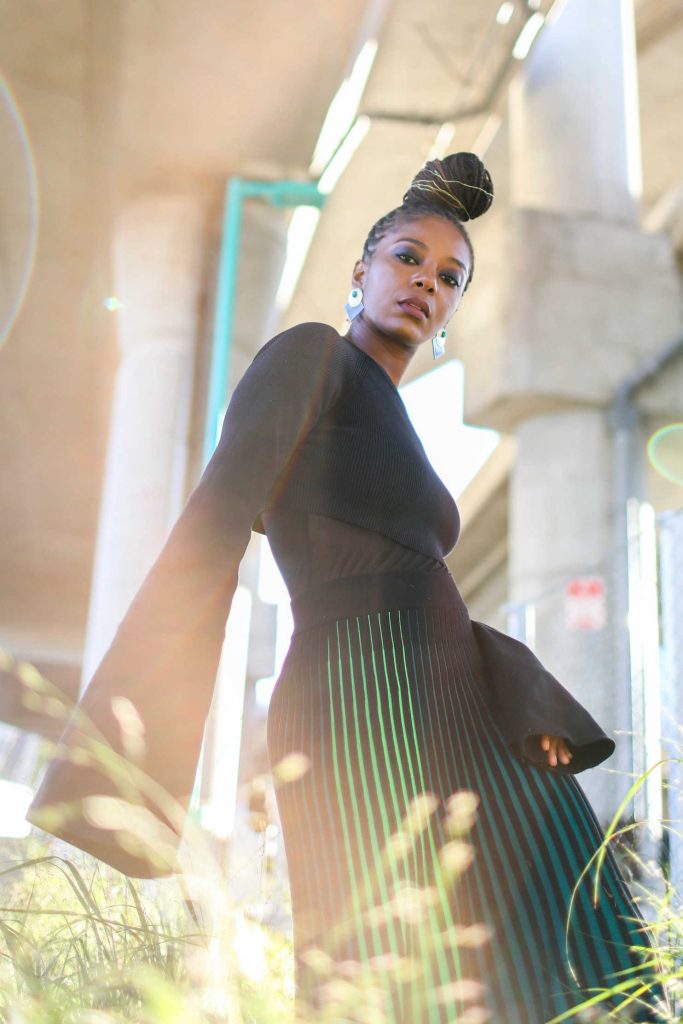
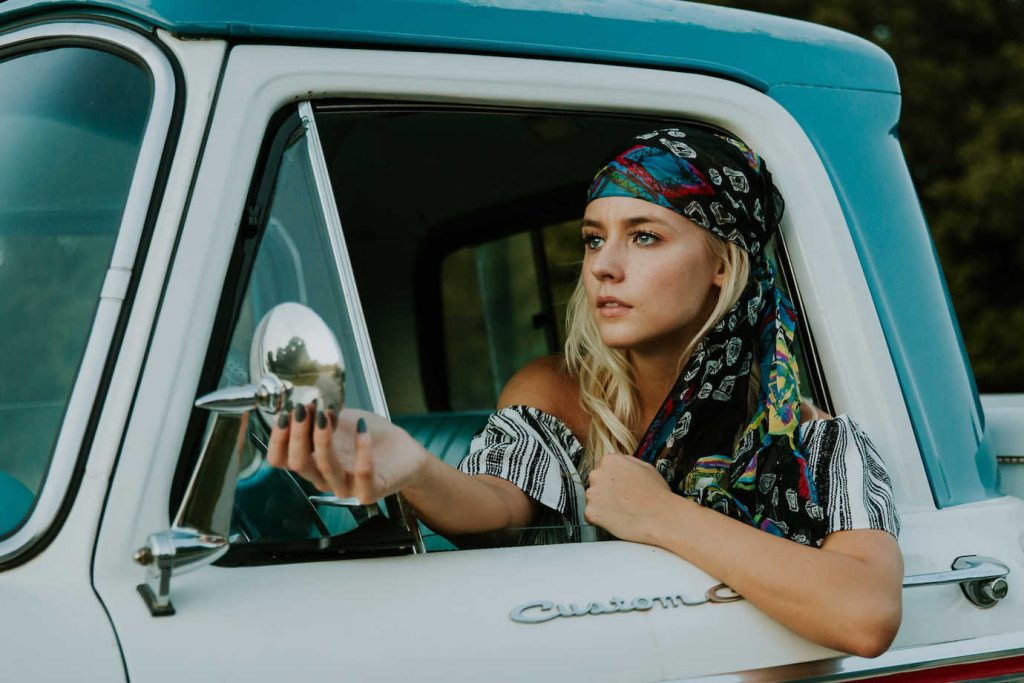
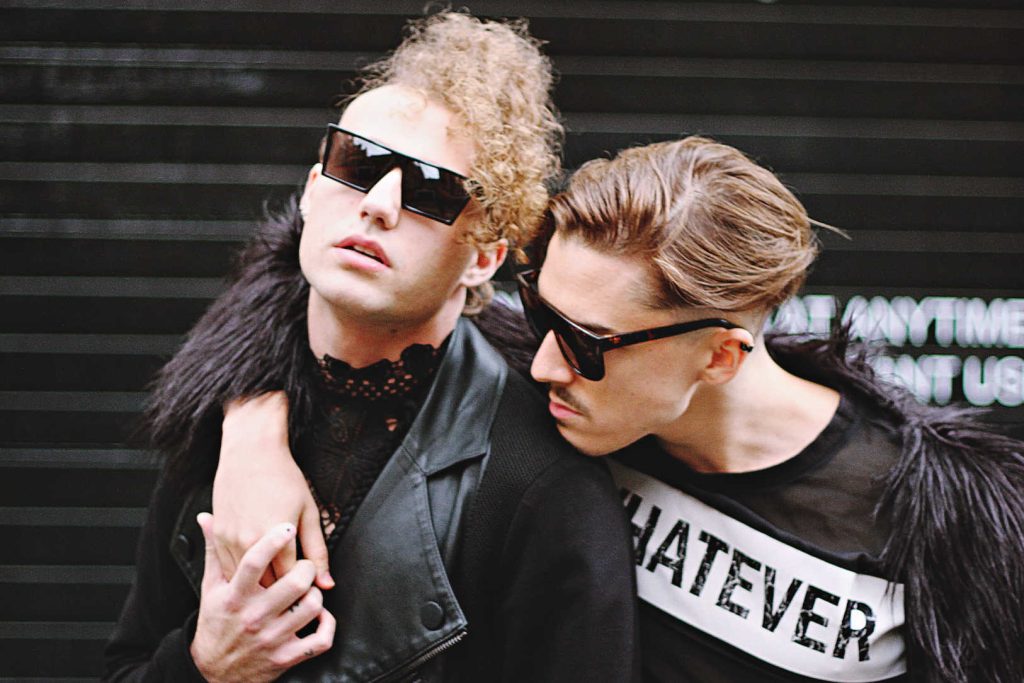
How we dress can be a true reflection of ourselves or an image we are trying to portray. Regardless, it should make you feel good about yourself. After our childhood years of playing dress-up, we begin to experiment with our identity as teenagers and young adults. Dyed hair, make-up, piercings, and tattoos can all add to the overall image. By the time we get into adulthood, we either become set in our ways, and we stop thinking about how we look, or we become obsessive about portraying a certain image and/or lifestyle. Both can lead to negative consequences if not looked at through the lens of self care.
Dress-up To Match Your Personality
Oftentimes, the psychological state of how someone feels can be seen in their choices of clothing. Introvert or extrovert. Dark and moody, or bubbly and joyful. The spectrum is vast, as are our choices. Professional attires make people appear more competent and authoritative, whereas casual attires appear more approachable and less serious. Someone who likes to follow trends or plays with colour and pattern can be labelled as a fashionista. This is often associated with superficial traits despite generally being an expression of creativity. These assumptions are just that, assumptions founded on personal bias.
Social rules and norms should not dictate our choices on how we dress-up. If you pick your outfits based on what you think society expects, it may lead to mental discord with your true authentic self. Be aware that people you encounter can also be confused if the physical identity you present does not match your behaviour. Furthermore, certain industries have a dress code that needs to be followed, so maximize your personal time to freely express yourself if you find that too stifling.
Using Clothes To Boost Your Self-Esteem
The clothes we wear can affect how we feel. Colour, texture, and pattern can all have a big impact on mood. You can make choices that can reinforce a feeling or shift it from negative to positive. How you choose to dress-up has a direct impact on how you interact with your environment and other people, as well as influence how you carry yourself. By learning what you feel good in in different contexts (work or play, alone or with others), you can set your mindset to be more positive. If you have to look a certain way, for example if starting a new job with a dress code, or you want to update your look, practice wearing your outfit in front of a mirror and in safe circles to get comfortable with your new look.
Colour can evoke a range of emotions. There are some socially agreed upon meanings, although various factors can impact it: culture, favourite sports team, career, lifestyle, and more. At the end of the day, it all comes down to personal preference. What colour(s) make you feel good? What textures do you prefer on your skin? Do you like a tighter or looser fit? Do you prefer low-maintenance clothes or is getting your clothes tailored to your body and going to the cleaners not a big deal? Are you trying to hide and blend in to your surroundings or are you trying to stand out?
Dress-Up In Your Own Closet
Knowing what makes you feel good is solely based on personal preference. For that reason, only you can figure it out. Go to your closet and start trying things on. What do you like, what makes you feel good? Is there anything that makes you feel down about yourself? If so, figure out why and then it’s time to donate, sell, or toss it! Do you have an outfit that makes you feel like you are suffocating? It’s probably too tight and it can trigger anxiety, declutter and move on.
Do you get compliments when you wear a specific outfit? What about it makes you feel good? Is it that you feel beautiful? Do you feel sexy? Powerful? Do you feel seen? Once you know what you respond to, you can understand yourself better. Compliments are always nice, but at the end of the day, we want to ensure that we don’t have to rely on others to feel good about ourselves. Sometimes those pieces that make us feel incredible are hidden or subtle, but they can still give us a boost in confidence towards the outside world.
Beyond Clothes
Accessories are key to expanding your choices, they can dress-up or dress-down a simple outfit, transforming your look across scenarios. Whether you are getting ready for a day at work, a brunch date with close friends on the weekend, going to the market for groceries, or a special night out, you are always making choices on how you put yourself out there. A simple touch like a pair of fashionable sunglasses, a scarf, a pair of cuffs, or bold shoes can radically alter how an outfit looks. Be a kid again and try different looks. You are not a one-dimensional being, so why should your wardrobe be flat? And one final touch – scent. If you like wearing perfume or cologne, make sure you consider how scent can add or detract from your look.
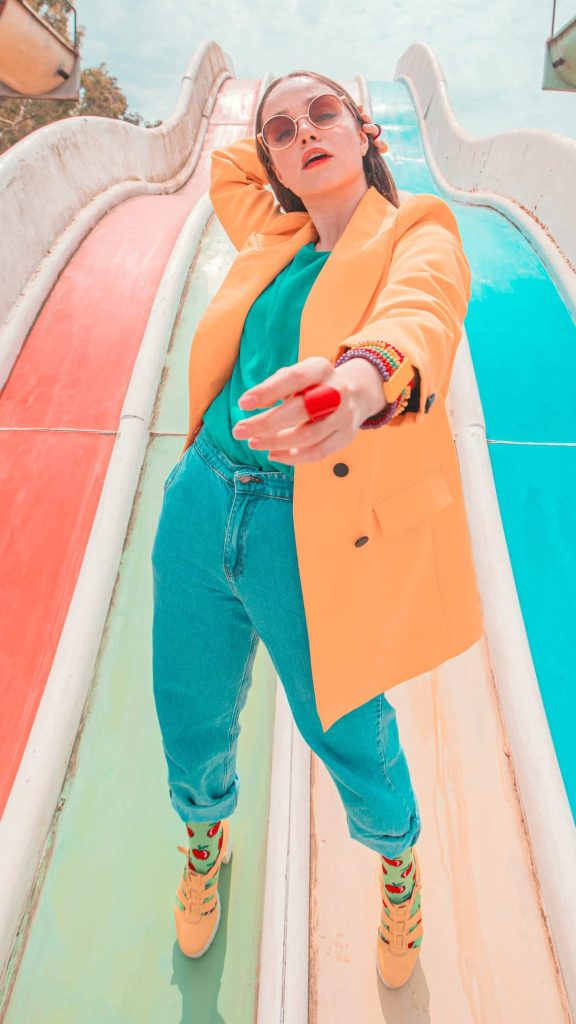
Dopamine Dress-Up
A new trend on social media has showcased dopamine dressing, also known as, mood enhancement dressing. At the core of this is wearing clothes that make you feel happy and encourages people to embrace their personal style. Experimentation is key, playing with colour, pattern, and accessories to create outfits that make you excited to tackle the day.
Which of your outfits makes you see the world through rose-coloured glasses?
Identify what you want your wardrobe to do for you. How do you see yourself, and how do you want others to perceive you? Curate for yourself the perfect wardrobe in the hope that every day can be a dress-up day. Set yourself up for success by choosing clothes that support your well-being and make you confident in your own skin. Don’t be afraid to express yourself. Showcase your personality both through the choices of clothes, and the accessories you choose to add to them. Statement pieces are great ice breakers, they can be as simple as a funky pair of socks on an otherwise neutral ensemble. Experiment with looks that can support your different identities in different contexts, and don’t be afraid to have fun!
IMAGE CREDITS: Feature image – Unsplash | Sara Dabaghian. Article gallery images (top to bottom, left to right) – Unsplash | Andrew Neel, Sydney Altshuler, Averie Woodward, Toa Heftiba. Article image – Unsplash | Shayan Rostami.

